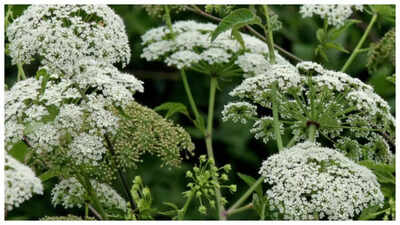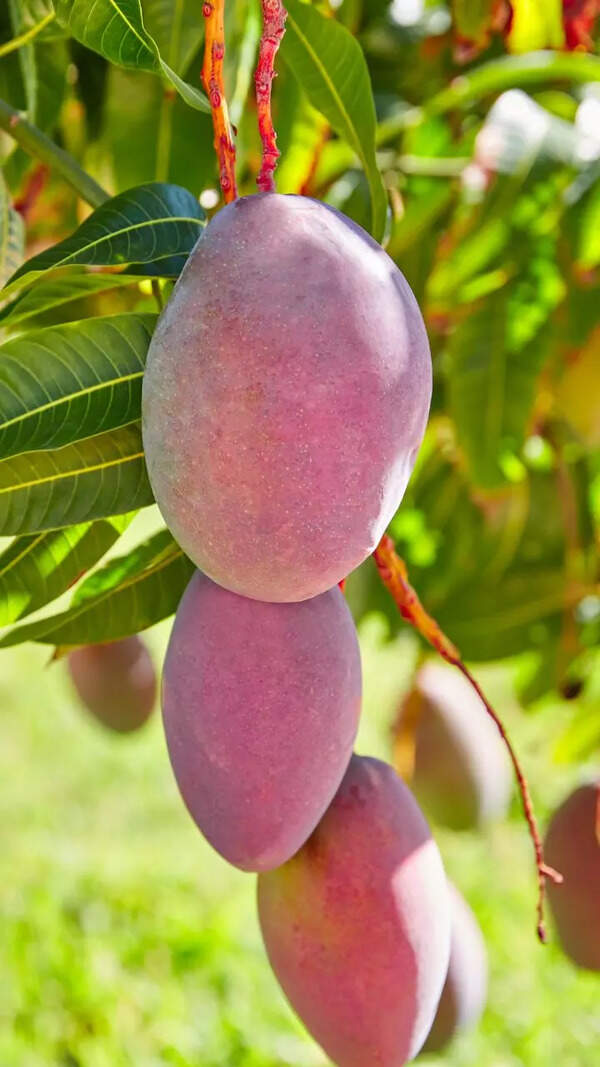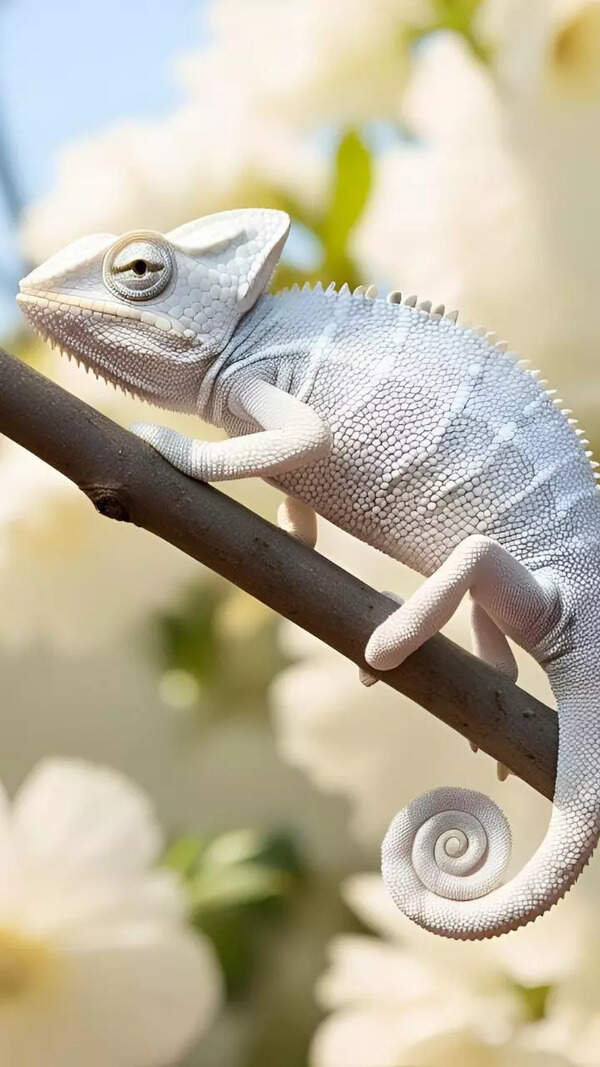Trending
The victims of this poisonous plant die with a strange smile on their faces
Even small amounts of water hemlock can cause acute poisoning in animals and humans, leading to symptoms such as muscle twitching, rapid pulse, tremors, convulsions, and seizures. In some cases, victims are left with a crooked grin, due to involuntary muscle contractions
You must have heard about poisonous plants, but have you ever heard about a plant so deadly that it leaves its victims with a sinister looking grin?

Water hemlock (Cicuta), also known as cowbane or poison parsnip, is a genus of four highly poisonous plant species belonging to the Apiaceae family. Usually found in the temperate regions of the Northern Hemisphere, especially North America and Europe, water hemlock typically grows in wet meadows, streambanks, and marshy areas.
Its main toxin, cicutoxin, directly attacks the nervous system, causing violent convulsions and, sometimes, a crooked grin due to muscle contractions.
These herbaceous plants can reach heights of up to 2.5 meters (8 ft) and feature distinctive small green or white flowers arranged in an umbrella shape, known as an umbel.
Water hemlock bears a close resemblance to other members of the Apiaceae family, and can be mistaken for both edible or poisonous plants, making them even more dangerous.
The veins in the leaves run to the notches between the teeth.
The thick rootstalk contains a number of small chambers holding a highly poisonous brown or straw-colored liquid.
Toxicity:
Unfortunately, all parts of water hemlock are toxic, especially the roots, due to the presence of cicutoxin, a convulsant that directly affects the central nervous system.
Even small amounts of water hemlock can cause acute poisoning in animals and humans, leading to symptoms such as muscle twitching, rapid pulse, tremors, convulsions, and seizures. In some cases, victims are left with a crooked grin, due to involuntary muscle contractions. This eerie feature has earned its reputation of being called, 'poison with a smile.'
The stems and leaves of water hemlock increase in palatability immediately after being sprayed with herbicide.
Water hemlock may be confused with poison-hemlock ( Conium maculatum), but they are different plants that cause different types of poisoning.

Habitat and Control:
Water hemlock grows, and thrives in damp surroundings with fertile soils, such as pastures, untilled areas, and along streams and ditches.

To control water hemlock, herbicides can be applied, or the plants can be grubbed out, ensuring all parts, including the roots, are removed and burned, so that it does not grow back. If it does, the same process needs to be repeated till the plant is wiped out from the soil once and for all.
Keep animals, and humans away from treated plants for 3 weeks after spraying.
End of Article
FOLLOW US ON SOCIAL MEDIA
Visual Stories
Tired of too many ads?









